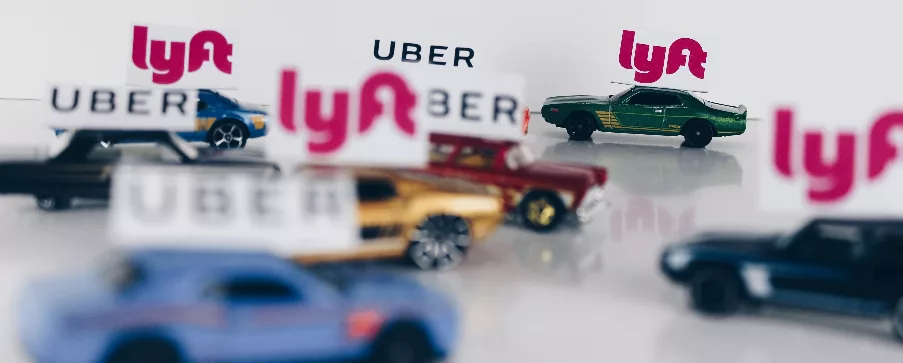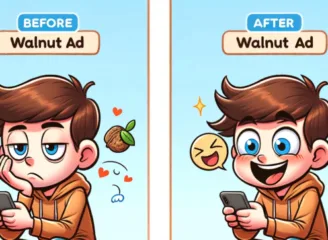“We wanted to get delighted from the second you saw a lift” is how John Zimmer articulates Lyft’s marketing strategy to penetrate a market with an existing product such as short-distance ride-sharing. Uber dominated a market that it literally created. It necessitated a fresh, creative approach from Lyft’s marketing strategy regarding their positioning. This is how Lyft brought its feel-good brand positioning to life.
Think of it! Having this brandformance mindset offers a clear state for any marketing tactics they pursue. It doesn’t matter if they take one approach or another; they know it has to serve the brand values of delighted.
Dissecting Lyft’s Marketing Strategy
Let’s dive in and play detective with their marketing strategy! From the outside perspective, Lyft segmented it cleverly into three holistic parts:
- Applying values – Lyft mitigated trust barriers by rigorously vetting drivers to ensure safe and enjoyable rides. Moreover, as the brand evolved and started to attract the early majority of users, it maintained its commitment to delight. Even as it shed any initial quirks, Lyft continued to prioritize transparency and focus on delivering a superior ride experience.
- Be recognizable – After they pivoted to short-haul ride-sharing trips, starting in San Francisco, they looked for a way to stand out by making a buzz to be immediately recognized. So they acquired a fuzzy pink “Carstache” start-up and broth its founder, Ethan Eyler, to be its brand manager. In 2012, Lyft said goodbye to the mustaches but understood that they keep their uniqueness. Hence, the use of an illuminated logo for the windshields of its drivers.
- Maintaining brand awareness – Their tactic to present the feel-good-brand strategy was investing in culture and entertainment. The fact that they didn’t have big budgets was in their favor. It required them to think differently by devoting themselves to strong, long-term relationships, developing unique content, and experimenting with the crazy “Magic Modes” park. This approach gained them tunes of organic social sharing and great memorability. People love good content and know and appreciate it.
Cracking the Code: Market Entry with a Twist!
Breaking into a market that giants already claim requires more than just following in the footsteps of the leaders. Lyft’s journey illustrates a masterclass in market penetration with an existing product by forging its own path and securing a significant market share. The crux of this success lies in their refusal to mimic Uber and, instead, carve out their own unique identity within the ride-sharing arena. As Lyft’s brand positioning emerged from Uber’s shadow, the challenge was not just to compete but to redefine the space and elevate the industry standard. This strategic approach provides a compelling blueprint for any company looking to make its mark in a crowded marketplace.
 Linkedin
Linkedin
 Facebook
Facebook



